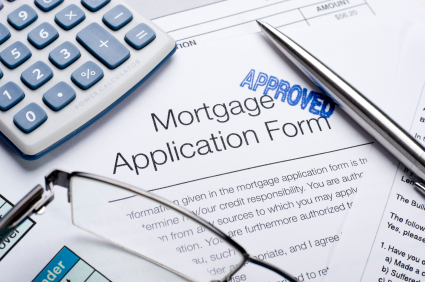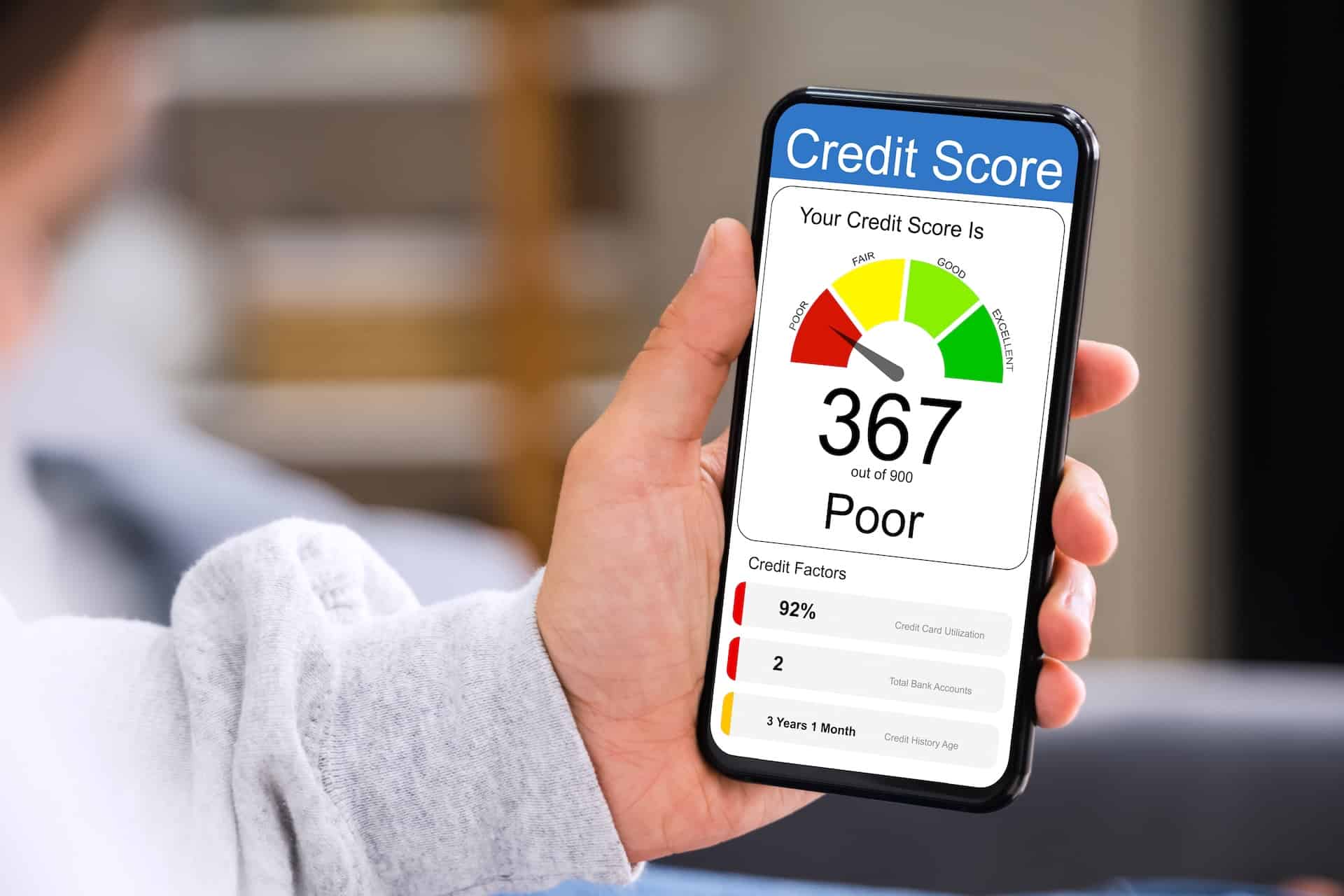Getting a mortgage loan is rarely quick or easy. Unlike, say, buying a new TV, the process of applying for and actually receiving a mortgage can take a significant amount of time. Because of all the steps involved, there are many chances for the unprepared home buyer to make mistakes. The good news: properly understood, most of these errors are completely avoidable.
Here are some of the biggest to watch out for:
Not Comparing Lenders
One of the biggest mortgage mistakes of all is buying from the first lender you deal with. While it’s possible that the first lender makes you the best offer, it’s also rare. A mortgage is not a commodity like toilet paper or taco shells where one store pretty much has the same price as another. Rather, a loan is a sophisticated financial product that each lender is going to offer somewhat differently.
Depending on a whole galaxy of things – your down payment, your credit score, the amount of money you need – one lender may be willing to offer you lower interest or better terms than another. And the only way you’ll know is by actually shopping around and trying to get the best rate (rather than rushing to close the first deal available).
Applying Without Checking Your Credit First
Another major mistake is applying for a mortgage without checking your credit score first. More than almost anything else, your credit score determines the mortgage you qualify for. The higher your score, the lower your interest rate. The lower your score, the higher your interest rate.
That’s why it pays to carefully review your credit report and score before applying. A surprising number of credit reports have errors (79% or about 4 out of every 5 reports, according to a study done by U.S. PIRG) which make a person’s credit score lower than it should be.
Not Considering Total Housing Expenses
When considering different mortgages, it’s easy to focus only on the monthly payment. However, the monthly payment is not the only housing expense you’ll need to pay. In addition to your mortgage, there are also closing costs, local property taxes, homeowners insurance, maintenance, repairs and other costs which quickly add up – and which your mortgage broker is in no hurry to tell you about.
In order to make an educated decision, you must confront these costs. CNN Money and Yahoo! both offer calculators to help you calculate these costs and get a better picture of how much house you can really afford.
Taking Un-affordable Adjustable Rate Loans
Adjustable rate mortgages sound like a good idea in theory. Unfortunately, most people are unaware of the details – and place themselves in financial danger as a result. The problem with adjustable rate mortgages is that while your rate can go down, it can also go up. In fact, it can go as high as the interest rate cap, which is stated in the fine print of your mortgage agreement.
As the Federal Reserve explains, these caps can be as high as 12% or more. Can you see the risk here? Your interest rate may be 5% on the day you sign the loan papers. But unless you can actually afford to make each and every payment at the highest possible rate your mortgage can rise to, it’s actually a bad deal. Rather than assuming this will never happen, assume it will (since you have no say in it) and go for a fixed rate unless you can really afford the highest adjustment.
Agreeing To Balloon Payments
More than a few homeowners got into trouble during the recent housing bust by agreeing to mortgages with balloon payments. As ABC News explains:
“Predatory lenders often structure loans with balloon payments at the end. The monthly payment seems manageable, but in a few years’ time you could owe tens of thousands of dollars all at once. Of course, the broker is hoping you won’t be able to afford the balloon payment and you’ll refinance again, generating more fees for the firm.”
To avoid balloon payments, get a fixed-rate, self-amortizing loan (where each payment is the same every month from start to finish.) While balloon payments seem to offer you more flexibility early on, few borrowers are prepared to shell out many thousands of dollars all at once when the payment comes due.
Failure To Get Pre-Approved
Not getting pre-approved for a mortgage can leave you powerless to make an offer on the house you want. Remember that being “pre-qualified” is not the same as being “pre-approved.” All pre-qualified means is that the lender tells you the amount of money that you can probably borrow based on how much money you make, how much debt you already have, and how much down payment you’re planning on paying.
Meanwhile, pre-approval means you’ve actually applied for a loan, submitted tax returns and pay stubs, and have had your credit verified. Being pre-approved means the lender has agreed – in writing – to make you the loan. If you aren’t pre-approved, the seller you wish to buy from might opt to work with a buyer who already is.




















